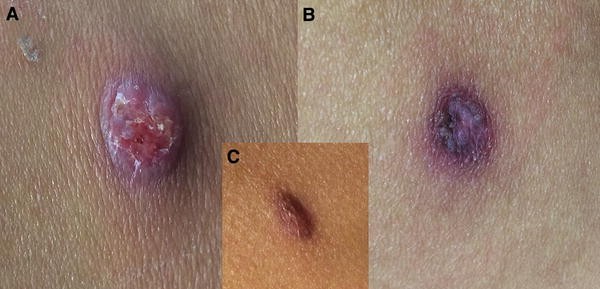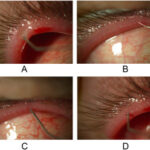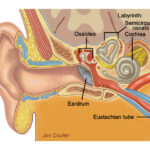Melioidosis is a potentially fatal infectious disease caused by the bacterium Burkholderia pseudomallei. It primarily affects individuals in tropical and subtropical regions, with a high prevalence in Southeast Asia and Northern Australia. The bacteria reside in contaminated soil and water, infecting humans through direct contact, inhalation, or ingestion.

Causes and Risk Factors
Melioidosis is caused by B. pseudomallei, a gram-negative bacterium commonly found in soil and water. Individuals at higher risk include:
- People with diabetes mellitus
- Individuals with chronic kidney disease
- Patients undergoing immunosuppressive therapy
- Agricultural workers exposed to contaminated soil and water
Symptoms of Melioidosis
Melioidosis presents with diverse symptoms, ranging from mild infections to severe septicemia. The symptoms depend on the route of infection and include:
- Acute Pulmonary Infection: Fever, chest pain, cough with or without sputum, and pneumonia-like symptoms.
- Localized Infection: Skin abscesses, swelling, and ulceration.
- Disseminated Infection: Septicemia, organ abscesses, and neurological symptoms.
- Chronic Melioidosis: Persistent low-grade fever, weight loss, and recurrent abscess formation.
Diagnosis of Melioidosis
Diagnosing melioidosis requires a combination of clinical evaluation and laboratory tests:
- Blood Cultures: Isolation of B. pseudomallei from blood samples.
- PCR Testing: Rapid genetic identification of the bacterium.
- Imaging Studies: CT scans or X-rays to detect abscesses in internal organs.
- Serological Tests: Detecting antibodies against B. pseudomallei.
Treatment and Prevention
Treatment involves prolonged antibiotic therapy to eradicate the infection:
- Intensive Phase: Intravenous antibiotics such as ceftazidime or meropenem for 10-14 days.
- Eradication Phase: Oral antibiotics like trimethoprim-sulfamethoxazole for 3-6 months.
- Supportive Care: Management of complications like septic shock and organ failure.
Preventive Measures
- Avoiding direct contact with soil and standing water in endemic regions.
- Wearing protective gear while working in high-risk environments.
- Proper wound care and hygiene to prevent bacterial entry.
Melioidosis is a life-threatening infection requiring early diagnosis and prolonged treatment. Awareness and preventive measures are essential in reducing its impact, especially in endemic regions. If symptoms suggest melioidosis, immediate medical attention is crucial.

